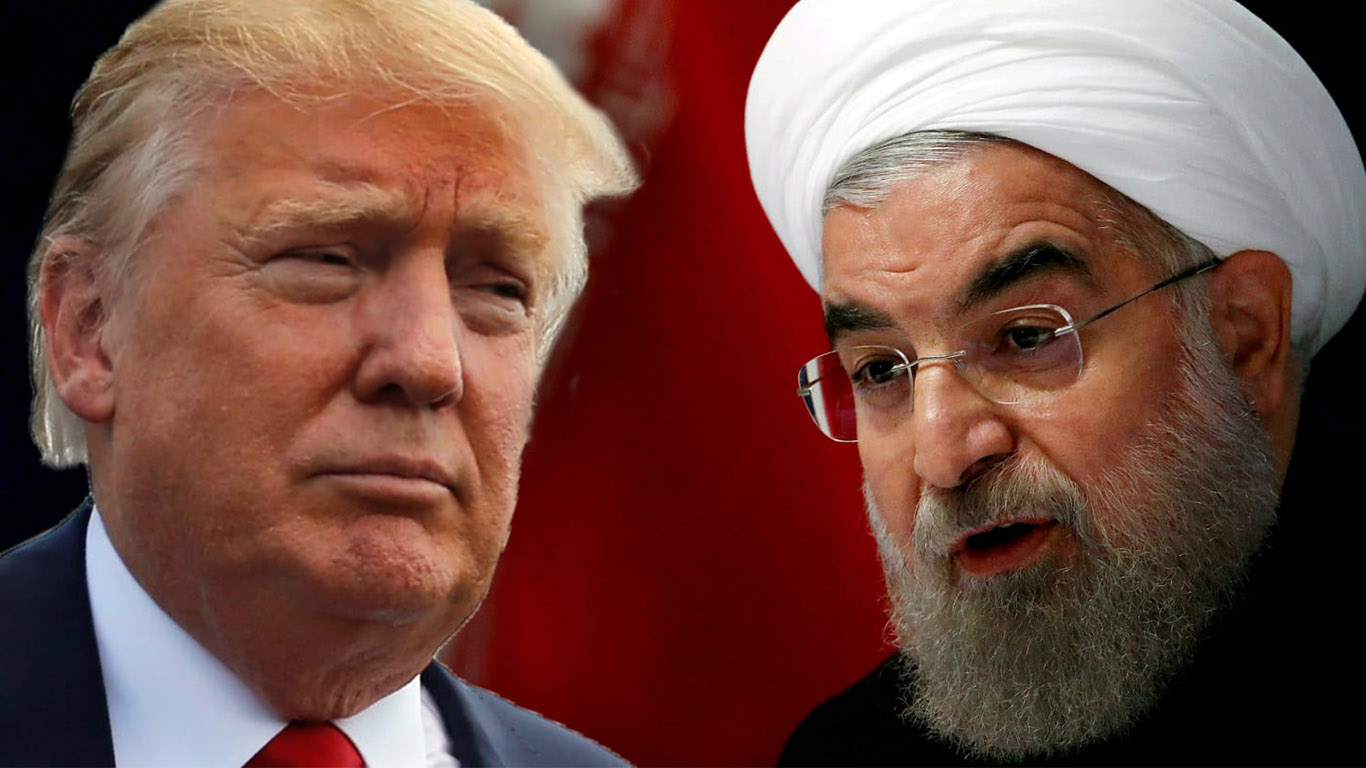On the 13th of October, U.S. President Donald Trump decertified Iran’s nuclear accord, taking an unprecedented step after certifying the accord for two times. While the step does not mean that the U.S. withdrew from the multilateral accord, it prepares for the step. Moreover, Donald Trump decided to further pressure the Islamic Revolutionary Guard Corps by fully sanctioning them by the Department of Treasury. Iranian President Hassan Rouhani and Foreign Minister Javad Zarif, as well as other high-profile officials in the Islamic Republic, shortly responded by pledging a more assertive policy vis-à-vis the U.S. Therefore, these developments are likely to have implications on the turbulent Middle East. As hotspots for rivalry between the U.S. and Iran, the impacts of these recent developments may take shape in Eastern Syria, Iraq, and the Gulf region. To further understand the geopolitical consequences of these developments, in this dossier we are asking a number of experts and senior researchers the following question: How will the rivalry between the U.S. and Iran develop in the Middle East?
Trita Parsi is the Founder and current President of the National Iranian American Council
Ali Vaez is Crisis Group’s Senior Iran Analyst
Hassan Ahmadian is an Assistant Professor at the University of Tehran
Ahmad Majidyar is a Fellow and the Director of IranObserved Project at the Middle East Institute
Adnan Tabatabai is CEO of CARPO


 Tamer Badawi
Tamer Badawi